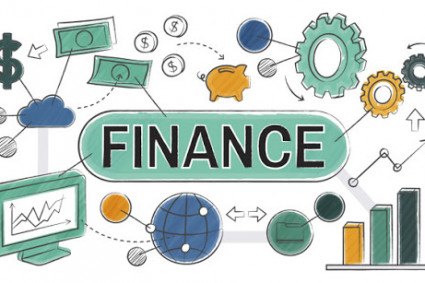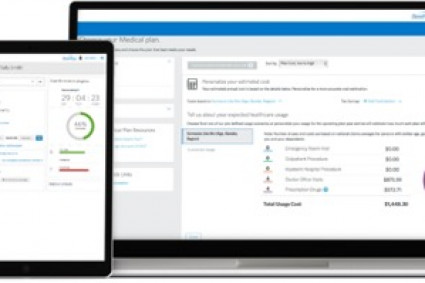
In an increasingly digital age, where personal information is shared and stored online, the risk of falling victim to identity theft and financial fraud has become more prevalent than ever before. Protecting oneself from these malicious activities is not just a matter of precaution but a necessity in maintaining financial security and personal well-being. This comprehensive guide will equip you with the knowledge and strategies needed to safeguard your identity and financial assets effectively.
Criminals employ various tactics to steal personal information and commit fraudulent activities, leading to financial losses and emotional distress for victims. In this comprehensive guide, we will explore strategies and best practices to protect you from identity theft and financial fraud. Additionally, we'll emphasize the role of a Bank Email List in disseminating valuable information and resources to help individuals safeguard their finances.
This comprehensive guide will not only equip you with strategies to protect yourself from identity theft but also provide insights into securing sensitive information such as bank email lists.
Understanding Identity Theft and Financial Fraud:
Identity theft occurs when someone gains unauthorized access to your personal information, such as your name, Social Security number, or financial account details, with the intent of committing fraud. Financial fraud encompasses a range of deceptive practices, including unauthorized use of credit cards, phishing scams, and even more sophisticated schemes like Ponzi schemes and investment fraud.
1. Strengthening Your Digital Defences:
Password Security:
Start by fortifying your online presence through robust password practices. Use a mix of capital and lowercase letters, numbers, and symbols. Regularly update your passwords and avoid using easily guessable information such as birthdays or names.
Two-Factor Authentication (2FA):
Incorporating two-factor authentication (2FA) enhances the security of your online accounts with an additional layer of protection. This typically involves receiving a code on your mobile device that you must enter in addition to your password, making it significantly harder for unauthorized individuals to gain access.
Secure Wi-Fi Networks:
Ensure that your home Wi-Fi network is password-protected and uses the latest encryption standards. Public Wi-Fi networks should be avoided for sensitive transactions to prevent potential interception of your data.
2. Monitoring Your Financial Accounts:
Regularly Check Statements:
Frequently review your bank and credit card statements for any unauthorized transactions. Immediately inform your financial institution of any discrepancies.
Monitor Credit Reports:
Request and review your credit reports regularly. Look for any suspicious activity, such as new accounts opened without your knowledge. Several free services allow you to monitor your credit score and receive alerts for any changes.
3. Protecting Personal Information:
Be Cautious Online:
Exercise caution when disclosing personal information online, particularly on social media platforms. Information like your full name, birthday, and even pet names can be used by cybercriminals to answer security questions and gain unauthorized access.
Shred Sensitive Documents:
Dispose of physical documents containing personal information by shredding them. This includes bank statements, medical records, and credit card offers.
4. Recognizing and Avoiding Scams:
Phishing Awareness:
Be wary of phishing emails and messages attempting to trick you into providing sensitive information. Verify the legitimacy of emails by checking the sender's address and avoid clicking on suspicious links.
Telephone Scams:
Exercise caution when receiving unsolicited calls asking for personal information. Legitimate organizations will not request sensitive details over the phone. If in doubt, hang up and call the official number of the institution to verify.
5. Educating Yourself on Common Scams:
Investment Scams:
Educate yourself on common investment scams and be skeptical of "get rich quick" schemes. Conduct thorough research and validate investment opportunities before allocating funds.
Tech Support Scams:
Be cautious of unsolicited calls or pop-up messages claiming to be from tech support. Legitimate companies will not contact you in this manner. Avoid providing access to your computer or sensitive information.
6. Taking Action If You Become a Victim:
Report the Incident:
If you suspect you have become a victim of identity theft or financial fraud, report the incident to your local law enforcement agency and the Federal Trade Commission (FTC). Furnish comprehensive details to assist in the investigation.
Freeze Your Credit:
Consider placing a freeze on your credit to prevent new accounts from being opened in your name. This adds an extra layer of protection, especially if you've been a victim of identity theft.
Work with Financial Institutions:
Immediately get in touch with your bank and credit card companies to report any unauthorized transactions. They can guide you on the necessary steps to dispute charges and recover your assets.
Conclusion:
Protecting yourself from identity theft and financial fraud requires a proactive approach and continuous vigilance. By implementing strong security practices, monitoring your financial accounts, and staying informed about common scams, you can significantly reduce the risk of falling victim to these malicious activities. Remember, the key to maintaining a secure financial future is to stay one step ahead of those seeking to exploit vulnerabilities. Stay informed, stay vigilant, and safeguard your identity and assets in the digital age.




